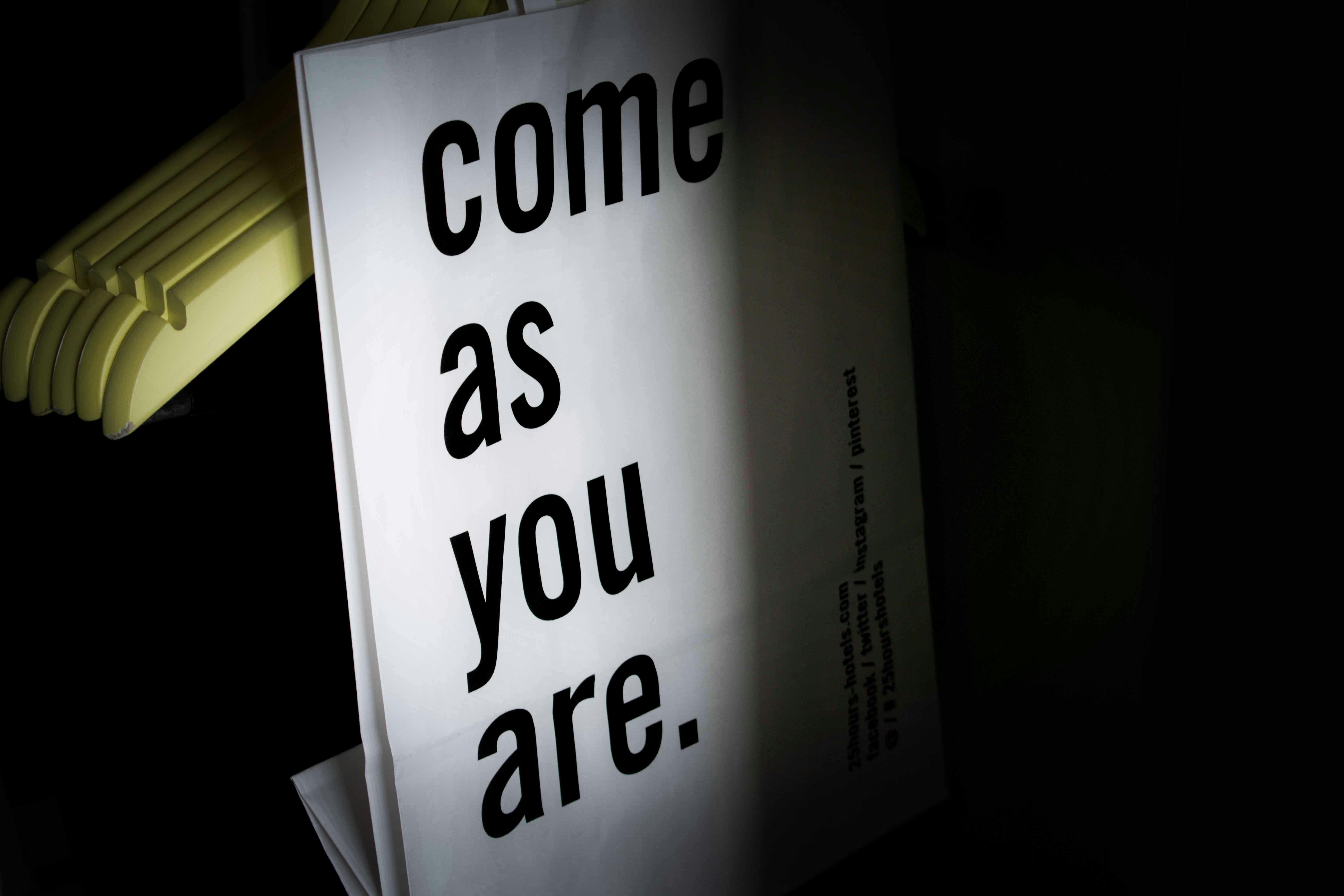
Practice point of view: writing exercise
The point of view of an article is how the story / scene is told to the reader. Essentially, it answers the question, “With what eyes are we viewing this story?” Different points of view can tell the reader different things, some deeper and some more limited. The following are the 4 types of viewpoints, with their benefits and limitations:
- First Person – The first person narrator is seen through the main character’s eyes. Although the reader can see as much what the narrator sees as what he feels, the limitations reside in that same subject. We are only aware of things as far as the narrator knows. If the narrator is not there, we have no direct knowledge of what happened. First-person narration generally takes the form of “me” storytelling.
- Second person: the least used form of narration. It usually takes the form of telling a story “you” and tries to tell the story so that you, as a reader, can become more involved in the events of the story.
- Limited Third Person: Third person narration is told by someone other than the main character. You are allowed the same benefits and limitations of first-person narration. This allows you to see the story from a different point of view. The only problem is the same as the first person narrative. The narrator is limited in what he sees.
- Omniscient Third Person: This type of storyteller sees everything and knows everything. Everything that is important to the story is told. The problem with this type of storyteller is that sometimes too much information can overwhelm the reader.
A good writing exercise is to practice writing the same scene from different points of view. Below are 3 examples of the same scene, in which a character is disappointed in someone. The first two examples are told in the first person, first from the point of view of the person who was disappointed, and then from the point of view of the person who was disappointed. The final point of view is a limited third person, following the person who made the disappointment.
First – First person disappointed:
It was a sunny and warning day, and as a child, it was a pleasant, carefree afternoon. Recess had been fun. We played four squares and I actually won. Now the bell was ringing and I went through the area of four squares on the asphalt with a big smile on my face. I jumped over the fence, backpack slung over one shoulder and one shoe untied. I grasped the chain link fence with two fingers and peered through the opening, closing one eye in the process to focus …
Second – Disappointing first person:
I spun around in my chair, letting the pile of files crash onto the desk when I heard a knock on the door. “Sir, Mr. Jones is on the phone. Is it okay if we move tomorrow’s meeting to 2:00 pm?” Janet asked. “Yes, of course. Anything for Mr. Jones,” I replied, searching the stack of files, beginning to forget exactly what I was looking for. I glanced at my watch. Shooting. Already at 3:30. He’s going to be mad at me. I picked up the phone and dialed the number for the school. “Hi, Mrs. Smith. I’m sorry, but I’m a little late today. Can you watch him for a couple of minutes until he can get there?”
Third – Limited Third Person – Disappointing:
Tom grabbed a bunch of files from the bottom drawer of his filing cabinet, swiveled his chair over to his desk, and tossed the files onto his desk, letting out a huge sigh in the process. “Mr. and Mrs. Townsend.” Townsend. Townsend. Where is? he thought, rummaging through file after file. A single, stiff knock on the door caused his head to snap open, causing him to push a handful of files to the floor. “Sir, Mr. Jones just called.”
As you can see from these examples, each point of view has a different emotion and way of telling the story behind it. Depending on the focus of the story, it will help you determine which point of view to choose. Although this example is limited, both the setting and the fact that not all points of view are discussed, it still creates some important points. As you try this exercise, you begin to build the characters. From the first-person point of view, the focus is on what the character is doing. By practicing it in the third person as well, you can get a better idea of your character’s environment, focusing on both the scene and his actions, rather than just his actions. Then it can give you more to fall back on by choosing a first-person narrative. You can only grow your character by practicing this way.
Also, you can learn more about the interaction between the characters before using them. For example, just by reading the first example, the reader gets the feeling that the character is generally a happy child and is just waiting. Looking at the other examples though, you get the feeling this probably happens a lot, and you can reproduce that constant disappointment in the final scene.
I suggest trying this exercise. Change the scene, characters and / or point of view. Either way, you will learn a lot about the characters you are trying to describe and be on your way to a great story.